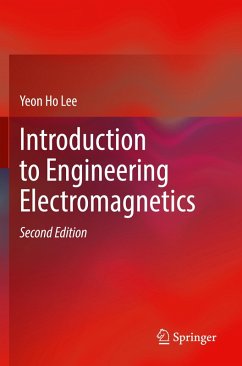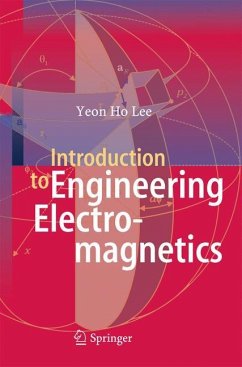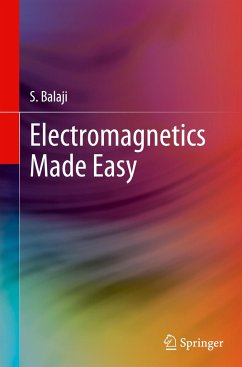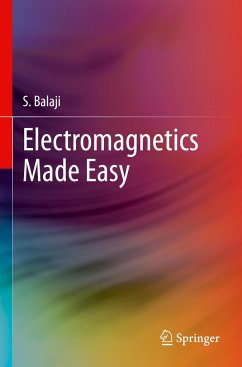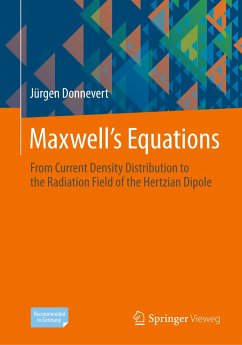
Introduction to Engineering Electromagnetics
Versandkostenfrei!
Versandfertig in 6-10 Tagen
92,99 €
inkl. MwSt.
Weitere Ausgaben:

PAYBACK Punkte
46 °P sammeln!
This book provides junior and sophomore college and university students with a thorough understanding of electromagnetic fundamentals through rigorous mathematical procedures and logical reasoning. Electromagnetics is one of the most difficult courses in engineering, because mathematical theorems cannot completely convey the physical concepts underlying electromagnetic principles. This book fills this gap with logical reasoning, such as symmetry considerations and the uniqueness theorem, and clearly distinguishes between mathematical procedures and expressions for physical events. The sign con...
This book provides junior and sophomore college and university students with a thorough understanding of electromagnetic fundamentals through rigorous mathematical procedures and logical reasoning. Electromagnetics is one of the most difficult courses in engineering, because mathematical theorems cannot completely convey the physical concepts underlying electromagnetic principles. This book fills this gap with logical reasoning, such as symmetry considerations and the uniqueness theorem, and clearly distinguishes between mathematical procedures and expressions for physical events. The sign convention is carefully set to distinguish static, phasor, and time-varying quantities, and to be consistent with double-indexed symbols. This book begins with a coverage of vector fields, coordinate systems, and vector calculus, which are customized for the study of electromagnetics. Subsequently, static electric and magnetic fields are discussed. Before discussing time-varying fields and their applications in transmission lines, waveguides, and antennas, the concept of wave motion is explained.
Most of the 379 figures are drawn in three dimensions, and the measured data are drawn to scale. A total of 184 examples show rigorous approaches to solving practical problems using the aforementioned concepts, and 301 exercises with answers provide a means of checking whether students correctly understood the concepts. The sections end with 445 review questions, with hints referring to the related equations and figures. This book contains 507 end-of-chapter problems.
Most of the 379 figures are drawn in three dimensions, and the measured data are drawn to scale. A total of 184 examples show rigorous approaches to solving practical problems using the aforementioned concepts, and 301 exercises with answers provide a means of checking whether students correctly understood the concepts. The sections end with 445 review questions, with hints referring to the related equations and figures. This book contains 507 end-of-chapter problems.



